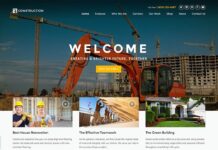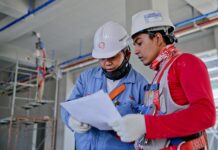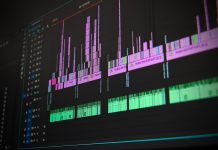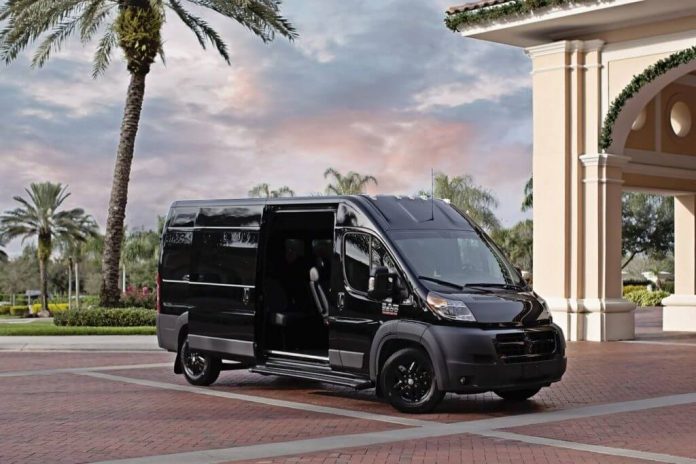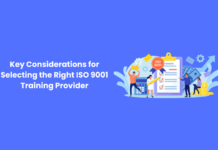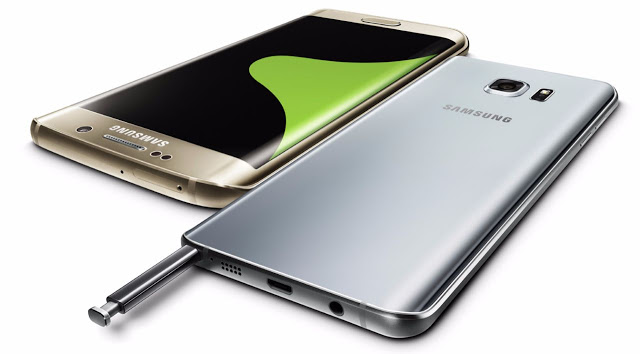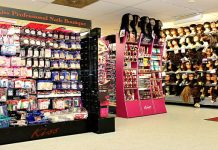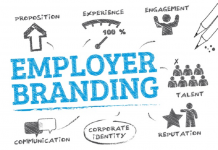Innovations in technology can be very helpful in reducing congestion, and in turn, help reduce stress among drivers. In a recent study of drivers in 23 cities in 15 countries, 40 percent reported feeling stressed or frustrated when asked how they feel when traveling in their city. Respondents also indicated that they experienced delays at least one day a week.
Congestion is a major cause of stress in many cities. But there are viable solutions on the horizon. One such innovation is the development of travel apps. Soon, consumers may find themselves with one app for all their transportation needs. Such an app would be integrated with regional public transit and parking services. An app in northern France is already implementing a multimodal trip planning experience for consumers, and there are pilot versions of a similar app in Los Angeles and Denver.
Flexibility of mobility choices can go a long way in relieving traffic congestion. Multimodal transportation is common in some cities. For instance, one might take a multi-passenger van or a bus to a train station, then a train or another form of transportation to their final destination. Or they might take advantage of “park and ride” or van pool services, which would pick them up at home or specified location for transportation to the office.
But reliability is the key. In fact, 83 percent of respondents to surveys stated that the reliability of transportation services is a major deciding factor. Reliability and speed are two areas that still need improvement.
Mobility on demand is an emerging form of transportation that has the potential for reducing congestion on clogged roadways. It supports a vision that the United States Department of Transportation (USDOT) has for developing an integrated system encompassing private vehicles, public transit, taxis, shared ride services, and commercial fleet vans that travel on the nation’s roadways. Think of it like an automated traffic control system for vehicles. The USDOT’s vision would also include an integrated payment platform. There is no single technology currently, but the need for one is driving the development of new technologies in this area.
Commuting can be a very inconvenient experience, especially in larger cities. Through emerging technologies and flexibility of choices in mobility, that experience is becoming more efficient and more enjoyable. Both areas are still under development and need more work, but in time they could be fine-tuned enough to provide a convenient and pleasant experience for all commuters and travelers in cities and towns all over America.



